An example search has returned 100 entries
ategnaijaig pok nelcau
v.n. sail from shore
bookmarkeceliek
adj. a second growth as of taro
bookmarkehteleceinayi
n. full moon
bookmarketti
v. to split leaves
bookmarkinceimohos
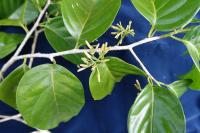
inewosneiak

n. herb to 1 m, flower bracts yellow. (collection: Michael J. Balick #4921)
Example: Introduced species, used for decoration. Planted near houses and roads. Use the flower for decorating hair.
bookmarkinhakli kwori
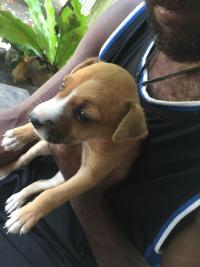
inhamese an neaig
n. an old coconut
bookmarkinharmejicop
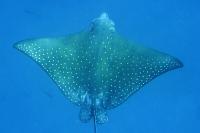
n. Ocellated eagle ray
Example: Photo by Anne Hoggett / Lizard Island Research Station, License: CC BY-SA 3.0 via Fishes of Australia
bookmarkinhos i mijan
n. kind of sugarcane
bookmarkinhosumeljag ~ nu inhosumeljag
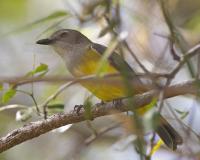
inhuturao
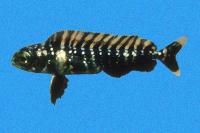
n. Common dolphinfish, mahi mahi
Example: Photo by Alex Kerstitch / Shorefishes of the Eastern Tropical Pacific, License: CC BY-SA 3.0 via Fishes of Australia
bookmarkinja
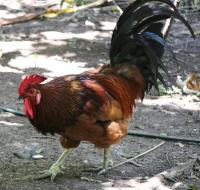
injañad
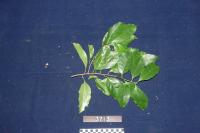
inmauwad itoga
n. a foreign convolvulus
bookmarkinmoijeuv amen ehcid
n. planet
bookmarkinmoupog
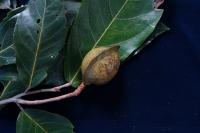
n. tree to 8 m, dbh 20 cm (collection: Michael J. Balick #4927)
Example: The wood of this tree is used as firewood. Children collect the dry fruits and use them for decorations and toys, for example playing with a fruit on the beach, driving it as if it were a toy truck or boat (photo).
bookmarkinpak
n. species of banyan
bookmarkinta eled
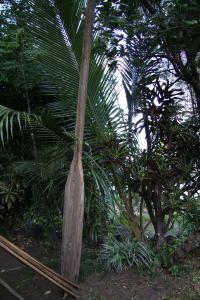
interi amu
n. kind of taro
bookmarkintijgarae
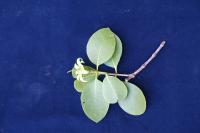
n. tree, 5 m tall (collection: Gregory M. Plunkett #3519)
Example: The stem of this plant is used for fence posts that lead to the sea, and it is resistant to salt water and lasts a long time. The wood is strong and good to make house posts. People use this wood on the coast as salt water does not bother this wood.
bookmarkintisiaicai
n. kind of flower or flowers (see def. for "elwa")
bookmarkintop̃ asiej
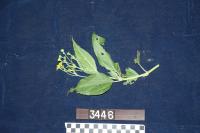
inwau
n. a creeper, a vine
bookmarkinyaratmas
n. kind of plant, grass, or fern
bookmarkmasoa
n. arrowroot
bookmarkmasoa
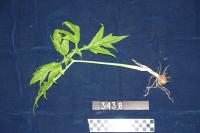
n. sterile herb, juvenile form (collection: Gregory M. Plunkett #3438)
Example: This plant is used as a starchy food. To prepare it, grarte it into a dish, wash with water, the starch settles to the bottom, pour off the water, dry the starch in the sun and make it into a powder. The starch can be cooked with coconut milk and eaten.
bookmarknacigaces
naero
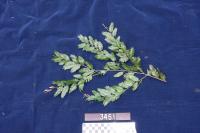
n. sapling directly under large tree of same species (20-25 m tall), growing in primary forest. Sterile. (collection: Gregory M. Plunkett #3451)
Example: 1. Wood used for timber boards. 2. Timber tree, sawn timber young stems for spear fishing, clean bark, heat it, affix tips on the end.
bookmarknagag ~ nacag
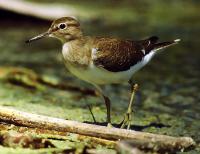
naha
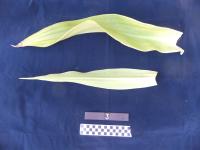
n. lily. Cultivated grows in village. (collection: Ashley A McGuigan #3)
Example: 1. To cure the sea snake (nispev) curse that causes missed periods. First the husband must combine 4 young leaves of incispev and 4 young leaves of nafanu and mash and squeeze the juice into a small bamboo (1-1.5 inch diameter) The nafanu is important because it is a plant that connects to the sea. Use wildcane leaves cover the bamboo closed. Go to the sick person and unwrap the snake from her. Start from the top and let the woman drink a small part of the potion then wash her with the mixture, making sure to wash head, elbows, knees, feet, and belly. Then take a leaf of naha and break it over the woman’s belly button to break the snake off. Smash the bamboo vessel to pieces. Leave the woman there until the wash dries on her. This takes one whole day and the ceremony in the evening so she can sleep and she must not eat. This ritual is performed by men. 2. Wrap leaf around fish to cook it on fire, tie with pandanus or any bush, vine. Also used to bake Cyrtosperma merkusii in same way as AAM 1 because it has thick watery leaves. 3. For a person who has been burned by the fire, cut the leaf and drip the sap on the burn to cool it – stops burning feeling. 4. If your joints – elbow, wrist, knee, ankle – feel so cold that they are painful, then heat the leaf on both sides and lay it on painful area. It will take the cold and pain away.
bookmarknahrin
n. half-tide when ebbing
bookmarknapdaj
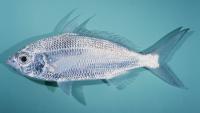
napun nitai caig
n. the skin or rind of food
bookmarknared
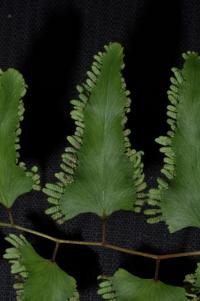
n. vine climbing on trees, growing in dense rainforest. (collection: Gregory M. Plunkett #4090)
Example: 1. The rachis of an old plant is braided as a rope to tie sugar cane, house posts, and fences. The rachis is used when green, and as it dries in form, it remains functional and lasts for a long time (10-12 years).
bookmarknatec
n. trees; palms; figs
bookmarknathat
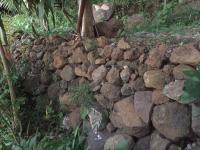
natuun
n. kind of banana
bookmarknaupitju
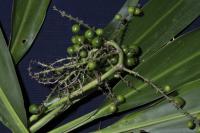
n. treelet, 1 m tall (collection: Gregory M. Plunkett #3622)
Example: People use the leaf of this plant to tie over grated banana, taro or other foods for cooking in an earth oven or boiling in a pot. The root of this species is edible. Cook it for 2-3 nights in an earth oven and then chew and squeeze the juice into your mouth, spitting out the fiber.
bookmarknauyerop
n. species of sycamore (117); a sycamore fig (97)
bookmarknecñap̃it cei
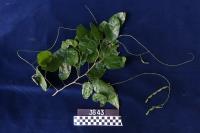
nedec
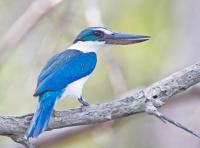
[neθeɣ] n. Collared Kingfisher
Example: Photo by JJ Harrison, License: CC BY-SA 3.0 via Wikimedia Commons
bookmarknefelelicai acen
n. hemlock
bookmarkneijis ieg
n. a bundle of reeds for a torch; a torch
bookmarknejeg
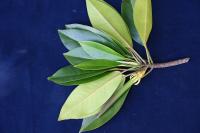
n. tree, 8 m tall (collection: Gregory M. Plunkett #3514)
Example: 1. The wood is strong and good to make house posts. People use these for this purpose on the coast as salt water does not bother this wood. 2. People eat fruit, split fruit in half, carefully scrape the inner part into a pot of water, keep over night – next day rinse, fry or cook with coconut milk and can add tinned tuna for example, very hard work.
bookmarknemeg
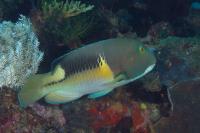
n. Anchor tuskfish, Orange-dotted tuskfish
Example: Photo by Mark Rosenstein, iNaturalist: CC BY-A-NC-SA 3.0 via Fishes of Australia
bookmarknepek cat
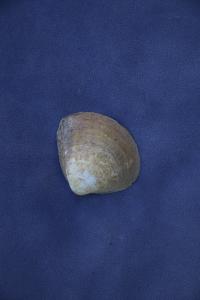
niau
n. kind of plant, grass, or fern
bookmarknidid
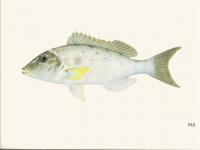
n. Ambon emperor
Example: Photo by FAO / Fishbase, License: CC BY-NC 3.0 via Fishes of Australia
bookmarknigyi neto
n. the chewed fiber of sugarcane
bookmarknijhinga
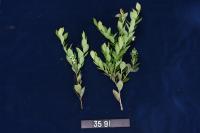
n. shrub, 1-1. 25 m tall (collection: Gregory M. Plunkett #3591)
Example: The fruits of this species are edible when ripe (black) and are very sweet. It grows in the white grass area in the open. It is "numba one" fruit. If a person eats a lot of these it turns their tongue reddish-purple.
bookmarknijilah
n. kind of tree
bookmarknilpudou
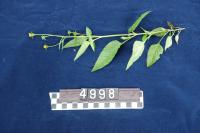
n. herb to 70 cm, florets yellow (collection: Michael J. Balick #4998)
Example: To treat a headache, especially from the flu, boil a handful of leaves in 1 liter of water for a few minutes, let cool and drink 1 cup of liquid per day . Also can treat this type of headache by using the plant in a steam bath, by boiling 4 handfuls of leaves in a pot of water, covering the head with a towel and breathing in the steam from the pot.
bookmarknipjid acen
n. citron; lemon; lime tree
bookmarknisvahaijom
n. tree from which petticoats or skirts are made
bookmarknisʧi
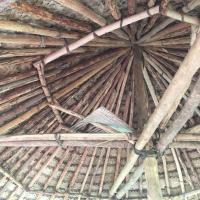
nitato naretou
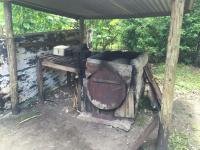
niyeg
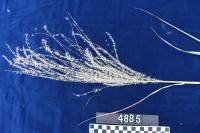
n. grass to 1. 5-2. 0 m tall, inflorescence white. Red clay soil (collection: Michael J. Balick #4885)
Example: Cut this grass in the morning, let dry for 2 days, and then use to weave the roof of a house. This is thicker and heavier than a coconut leaf. Also, use for cyclone house. (see photos of house) When indicating something is Tabu, tie the leaf and put it in an object like ripe bananas and people know it is Tabu and will not take it away.
bookmarknomrop̃om̃

nowanlas

n. Orangespot surgeonfish
Example: Photo by Ian Shaw / iNaturalist.org, License: CC BY-NC 3.0 via Fishes of Australia
bookmarknugnyin jap
n. the ebbing tide
bookmarknumarak kamwea
n. kind of sugarcane
bookmarknumu yehec

nämdokai
pospos
n. a small red berry used as beads
bookmarksafenunui
n. kind of taro
bookmarkwaderei
n. kind of taro
bookmarkweite
adj. perennial (applied to water); also "etweite", "inweite"
bookmarkwukau
n. kind of taro
bookmarkyah
n. a creeping plant
bookmark







